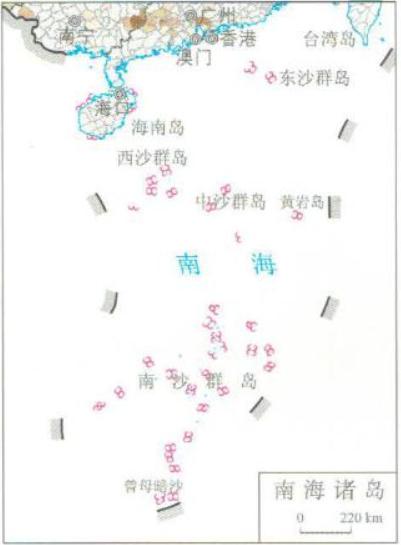The online map of wind and hail disaster distribution in China in 2014 is from the Atlas of natural disasters in China in 2014, the book is edited by the National Disaster Reduction Commission Office, the Disaster relief Department of the Ministry of Civil Affairs, the National Disaster Reduction Center of Ministry of Civil Affairs, and is published by China Map Publishing House. The scale of this map is 1:22000000.
Online map of wind and hail disaster distribution in China in 2014

Connect to the map above.
General situation of wind and hail disasters.
In 2014, a total of 22.267 million people were affected by wind and hail disasters in 29 provinces (autonomous regions and municipalities directly under the central government), 161 people died, 6 people were missing, and 97000 people were urgently transferred and resettled; The disaster area of crops was 3225.4 thousand hectares, of which 457.7 thousand hectares were lost; 13000 houses collapsed and 297000 buildings were damaged to varying degrees; The direct economic loss was 27.67 billion yuan.
In 2014, wind and hail disasters mainly showed the following characteristics:
1.The loss is relatively concentrated
In 2014, the number of strong convective weather such as thunder, lightning, gale and hail was generally less. In summer, the average number of strong convective days in China was 3.4 days, 0.8 days less than that in the same period (4.2 days), however, local severe convective weather is frequent, the number of strong convective days in Western Hubei, Northeast Chongqing, Southeast Heilongjiang, northern Gansu, and central Xinjiang is 3-10 days more than that of the same period of the year, and more than 10 days locally. In addition to Shanghai and Hainan, the other provinces suffered from wind and hail disasters in varying degrees, with the number of counties affected accounting for about 40% of the total number of counties in China. In terms of regions, the disaster losses in southwest, northwest and North China are prominent. Among them, Southwest China suffered the most losses, with nearly 30% of the country's total losses, 37.1% of the country's total losses were caused by the victims and the dead and missing people, and 53.9% of the total losses were caused by the number of people transferred and resettled in emergency; The agricultural production in Northwest China has been greatly affected. The disaster area of crops and the area of crop failure account for more than 40% of the total loss in China; In North China, the population affected by disasters, the area affected by crops, the area without crop harvest and the direct economic losses account for more than 20% of the total losses in the country.
2.The lowest number of dead and missing persons in history, and lightning strike is the main cause
In 2014, there was no large-scale severe convective weather process in China, which had little impact on casualties. The number of people missing due to disasters was the lowest since 2000, which mainly concentrated in Jiangxi, Guangdong, Yunnan, Tibet, Guangxi, Inner Mongolia and other provinces (autonomous regions). The total value of the dead and missing people accounts for more than 60% of the national loss. From March 29 to April 3, Zhaoqing and Yunfu, Guangdong Province, suffered from severe convective weather such as thunder, lightning, gale, hail and heavy precipitation, resulting in 15 deaths and 3 missing; From July 12 to 20, strong convective weather occurred in Ji'an, Yichun and other places in Jiangxi Province. Tornadoes occurred in some areas, killing 10 people due to lightning strike; From July 29 to August 5, five people died in Xinyang and Kaifeng, Henan Province. Lightning strike is the main cause of death or missing caused by hail disaster, accounting for more than 60% of the total number of dead and missing people.
Annual disaster index of wind and hail disaster is as follows:
The closer to the dark brown area, the higher the annual disaster index of wind and hail disasters.
The closer to the light brown area, the lower the annual disaster index of wind and hail disasters.
The gray area in the figure indicates: Non affected areas.
Online map of disaster situation of people affected by wind and hail disasters in China in 2014
Online map of crop damage caused by wind and hail disasters in China in 2014
Online map of house damage and economic loss caused by wind and hail disasters in China in 2014
Comment list ( 0 )
